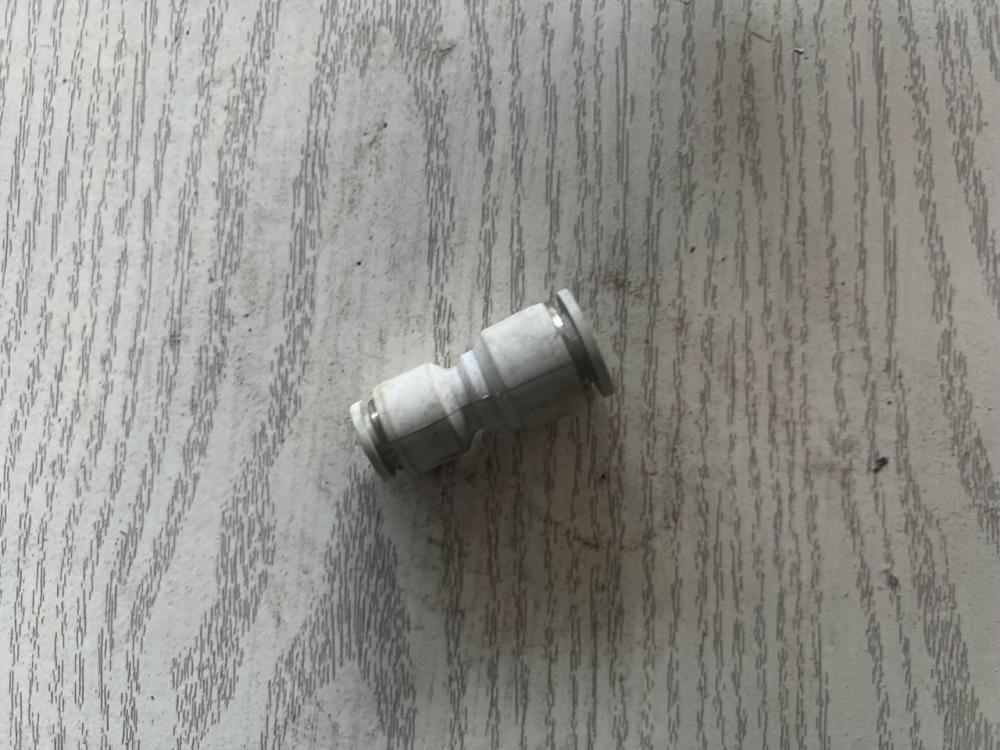In the realm of spray nozzle manufacturing, precision is paramount. The machining processes utilized in shaping these critical components are at the forefront of modern manufacturing technology. Among the most commonly employed techniques are computer numerical control (CNC) turning, milling, and grinding. These methods are integral in ensuring that each nozzle component meets exacting standards for dimension and tolerance.
CNC turning involves the use of computer-controlled lathes to remove material from a rotating workpiece to create symmetrical parts with precise dimensions. This process is especially useful for the creation of cylindrical shapes found in many nozzle designs. The CNC program controls the speed, feed rate, and depth of cut, allowing for consistent and repeatable results with micrometer-level precision.
Milling, on the other hand, employs rotary cutting tools to shape solid materials. This process can create complex geometries and intricate features within the nozzle components. CNC milling machines enable the production of flat, curved, or contoured surfaces with exceptional accuracy. The ability to manipulate multi-axis simultaneously allows for the fabrication of sophisticated internal passageways and external profiles that are crucial for the nozzle's performance.
Grinding is another essential machining process that refines the dimensions and surface finish of nozzle components. It utilizes an abrasive wheel or belt to remove material in very fine increments. Grinding is particularly important for achieving the smooth surface finishes required to minimize fluid friction and maximize spray efficiency. Moreover, it can improve the durability of the nozzles by eliminating micro-defects that could otherwise lead to corrosion or wear.
Specialized equipment, such as high-precision CNC machines, laser measuring systems, and coordinate-measuring machines (CMM), plays a crucial role in achieving the micrometer tolerances demanded by high-performance nozzles. These advanced tools provide unparalleled accuracy in measurement and machining, ensuring that each part fits and functions according to the stringent design specifications.
Micro-Machining Techniques:
For tiny nozzles or those with intricate internal features, micro-machining techniques are utilized. These include laser cutting, electrochemical machining (ECM), and focused ion beam (FIB) milling, which can create microscopic details and precise port geometries.
Laser cutting utilizes a high-power laser beam to precisely cut materials with extraordinary accuracy. The laser's intensity and fine focus enable it to make clean, narrow cuts with minimal heat affected zones (HAZ). For tiny nozzles, this means intricate patterns and openings can be created without disturbing surrounding areas or compromising material integrity. Laser cutting is particularly useful when the nozzle design requires very fine slots or openings that would be difficult to achieve through conventional means.
Electrochemical machining (ECM) is a process that relies on electrochemical dissolution to remove material. It involves no physical contact between the tool and the workpiece, thus eliminating issues such as tool wear and resulting in a smooth surface finish. ECM is ideal for machining hard materials or those with complex shapes, since it can etch away material evenly regardless of hardness. In the context of spray nozzles, ECM can create precise internal channels and chambers within the nozzle body, ensuring optimal fluid dynamics and spray patterns.
Focused ion beam (FIB) milling is a sophisticated technique that uses a focused beam of ions to sputter material from the workpiece's surface. FIB systems can operate at extremely high resolutions, making them suitable for nanoscale machining tasks. For instance, FIB milling can refine the shape and size of individual spray holes in a nozzle with sub-micron precision. This level of detail is crucial for applications requiring ultra-fine mists or precise droplet sizes, such as in medical inhalers or specific industrial coating processes.
Surface Finishing:
Surface finishing techniques such as polishing and honing are applied to reduce surface roughness and eliminate any imperfections that could interfere with the spray pattern or lead to wear and tear. A mirror-smooth finish is often required for optimal nozzle performance.
Assembly and Integration:
Once the individual parts are machined to specification, they must be assembled and integrated carefully. The assembly process often involves precise fitting of multiple components and may require specialized tools and fixtures to ensure alignment and integrity.

Quality Control and Testing:
Rigorous quality control measures are essential throughout the entire manufacturing process. Non-destructive testing (NDT) methods such as X-ray inspection, ultrasonic testing, and pressure testing are used to validate the nozzle's structural integrity and operational performance before it is released for use.
Conclusion:
The manufacturing of spray nozzles is a paradigm of precision engineering, requiring advanced design simulation, meticulous material selection, precise machining, delicate surface treatment, accurate assembly, and stringent quality control. By mastering these techniques, manufacturers can produce spray nozzles that deliver consistent, reliable performance in even the most demanding applications.







